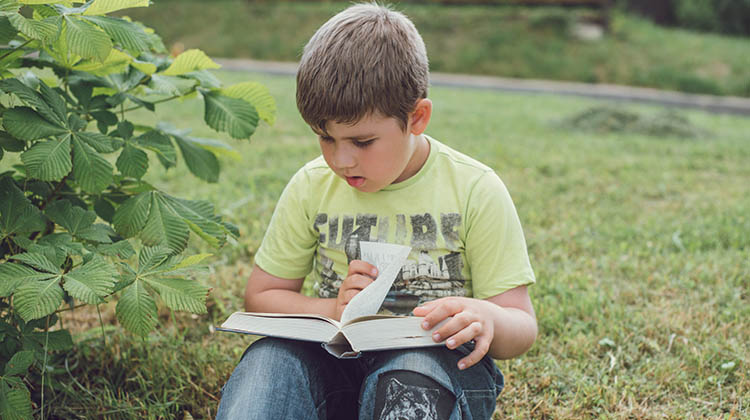Girls Are Reading Better Than Boys

When it comes to reading attainment girls are still outperforming boys in most countries and that holds true for Australia.
Australia is one of 38 comparable countries where girls performed better than boys: 77% of Australian boys and 84% of Australian girls met or exceeded the Progress in International Reading Literacy Study (PIRLS) Intermediate benchmark (the Australian proficient standard).
And, sadly, large achievement gaps based on First Nations background, school location or socioeconomic status observed in 2011 and 2016 have not closed.
PIRLS has measured trends in year 4 students’ reading literacy achievement every 5 years since 2001. This is the third time Australia has participated in PIRLS, the other years were 2011 and 2016.
The good news from PIRLS is Australian year 4 students’ literacy levels have remained steady during the COVID-19 pandemic, results indicate.
Australia’s average score of 540 points in PIRLS 2021 was statistically similar to the average score in PIRLS 2016 (544 points) and remains higher than the average score for 2011 (527 points). Achievement since 2016 was stable in every Australian state and territory except Victoria, where the average score fell 14 points.
Australia’s average reading score for 2021 was statistically higher than the average scores of 28 other countries, including Germany, New Zealand and France. Our average reading score for 2021 was statistically lower than the average scores of 6 other countries: Singapore, Hong Kong and England (which tested in English), and Russia, Finland and Poland.
Australia was one of 8 countries that achieved a similar average score in 2021 compared to 2016, while 21 countries experienced a decline and 3 countries managed to improve their average score.
80% of Australian year 4 students met or exceeded the PIRLS Intermediate benchmark (the Australian proficient standard) compared to 90% in the highest achieving country, Singapore, and 92% in Hong Kong - which both tested in English. 14% of Australian year 4 students achieved the Advanced benchmark compared to 35% in Singapore, the highest achieving country.
PIRLS National Project Manager for Australia, ACER Senior Research Fellow Kylie Hillman, said the decline in Victoria’s score occurred alongside a decrease in the proportion of higher performing students, however the proportion of students achieving the national proficient standard was stable.
“Victorian students spent the longest periods of time in remote learning during the pandemic and had only recently returned to face-to-face learning at the time of the 2021 PIRLS assessment,” Ms Hillman said.
“Encouragingly, the reading results for this cohort of Victorian students when they took NAPLAN in 2022 were similar to the results for the previous cohort of year 5 students in 2021.”
“Students in year 4 are at a key transition point in their schooling, moving from ‘learning to read’ to ‘reading to learn’. Support for students who find reading challenging is essential to prevent them falling behind in other learning areas, as more of their schooling draws on their reading skills.”
PIRLS 2021 measured the reading literacy of more than 400,000 students from 57 participating countries and 8 benchmarking entities, including a nationally representative sample of 5,487 Australian year 4 students from 281 primary schools.
Image by Tanya Gorelova